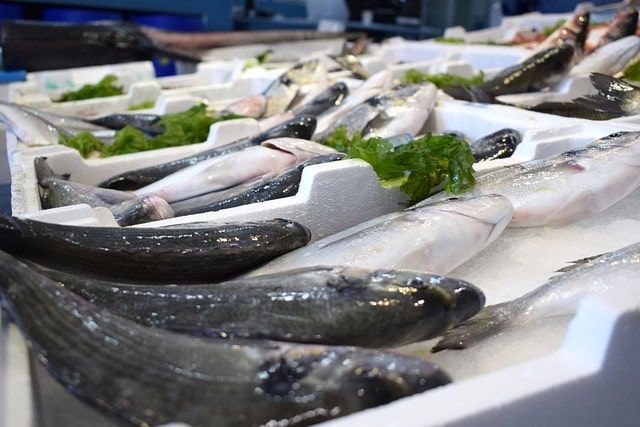Aquaculture, production, and conservation of aquatic organisms
Aquaculture is an activity that consists of the cultivation and production of freshwater or saltwater aquatic organisms. It is also called aquaculture.

Aquaculture is an activity that consists of the cultivation and production of freshwater or saltwater aquatic organisms. Also called acuaculture, this practice converts dams, lakes, and lagoons into areas for the exploitation of natural marine resources. The species included are divided into four categories: algae, mollusks, crustaceans, and fish.
Aquaculture contributes to the growth and stability of the food system, conservation of aquatic species, increased nutrition levels, reduced environmental impacts, manufacture of raw materials for industrial and pharmaceutical use, promotion of self-employment, and eradication of poverty.
Aquaculture techniques allow the production of diverse foods in high demand such as farmed shrimp, catfish, tilapia, trout, among many others. These techniques are practiced under three systems: extensive, in ponds of five or more hectares; and semi-intensive and intensive, in small ponds of about one hectare.
Worldwide, the aquaculture sector is considered a great generator of jobs for fishermen and one of the healthiest food sources. It is also important to highlight that within this field, fishing promotes the development of poor communities around the world.




